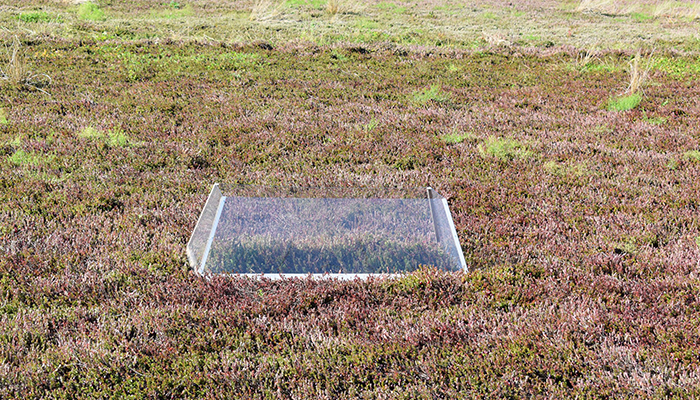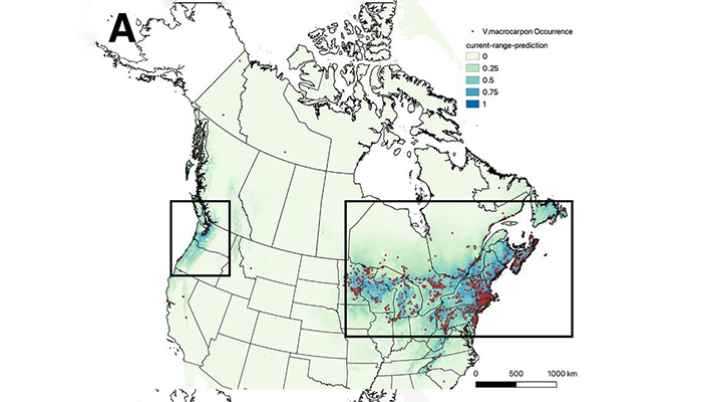The genus Vaccinium includes commercially, ecologically and traditionally important berries which grow from Coast to Coast to Coast in Canada. Some examples include commercial cranberry and blueberry, as well as huckleberry, lingonberry and bilberry. They are nutritious foods and valuable specialty crops. Understanding how these species as well as commercial varieties are likely to respond to future mixed environmental stresses will be important to develop and maintain sustainable and resilient food systems. The BERRi Lab is employing in field and controlled environment studies, in vitro plant culture, metabolomics, hormonomics, and quantum dot microscopy techniques to understand & predict climate resilience and response in these species.

In field experimental warming chambers in use at the BC Cranberry Research Farm are helping to validate cranberry responses to future climate predictions and better understand varietal response to warming and extreme environmental conditions.

Environmental & ecological models can be used to predict how growing regions will perform under future climate scenarios and help us to understand coming environment challenges.
Collaborators
Dr. Renee Prasad, Associate Professor & Department Chair, Agriculture, University of the Fraser Valley, Chilliwack.
Dr. Susan Murch, Professor PlantSMART lab, University of British Columbia, Kelowna, BC, Canada. Learn more about Dr. Susan Murch.
Jade Sherwood, Agricultural Scientist, Ocean Spray Cranberries
Featured publications
Hirabayashi K, Murch SJ, Erland LAE. 2022. Predicted impacts of climate change on wild and commercial berry habitats will have food security, conservation and agricultural implications. Sci Tot Env, 845.






